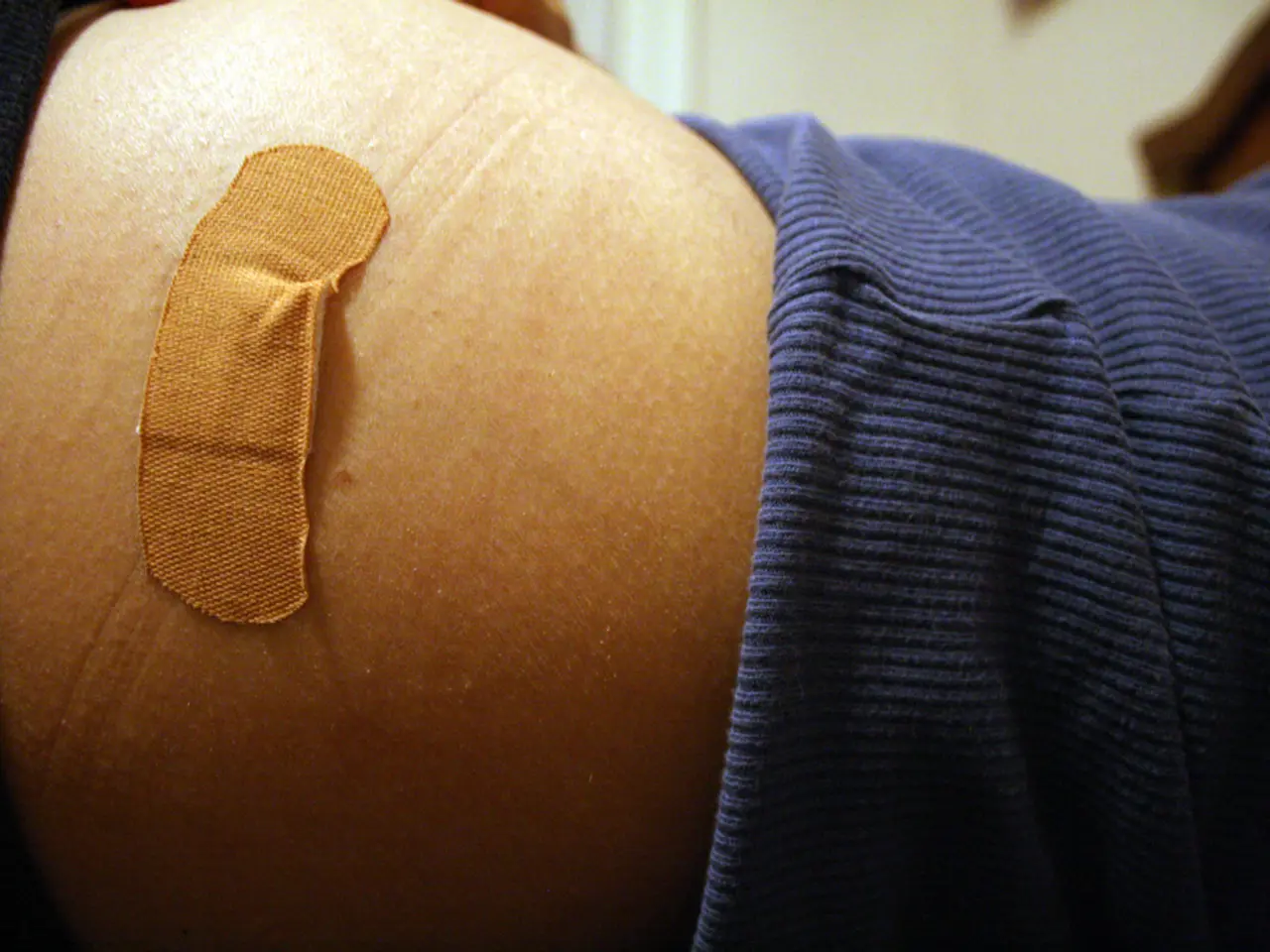Trump's billed legislation proposed to close down one specific type of hospital, potentially affecting a vast number of individuals.
In a move that has sparked concern among healthcare professionals and policymakers, the One Big, Beautiful Bill Act, signed into law by President Trump, includes significant Medicaid cuts that are expected to have a profound impact on rural hospitals and healthcare systems across the nation.
The Act, which calls for nearly $1 trillion in Medicaid cuts over the next decade, is projected to result in a decline of approximately $137 billion in federal Medicaid spending in rural areas. This is substantially more than the $50 billion allocated by the Act for the Rural Health Transformation Program, aimed at mitigating these losses.
Rural hospitals, which often rely heavily on Medicaid for revenue, are particularly vulnerable. With Medicaid constituting 40-50% of their revenue in some cases, the net revenue from Medicaid is significant, around $12 billion per year. The projected cuts threaten the financial viability of these providers, and analyses suggest that more than 300 rural hospitals are at risk of closure due to these funding reductions.
The consequences of these closures are far-reaching. Exacerbated healthcare disparities, increased travel distances for care, staffing shortages, and fewer medical services available to rural residents are all potential outcomes. Additionally, the increased number of uninsured individuals due to reduced Medicaid coverage will likely lead to more uncompensated care burdens on rural providers.
The Rural Health Transformation Program, providing $50 billion in funding over five years, offers some support through state grants and can be used for various purposes such as care interventions, workforce expansion, and technical assistance. However, it is widely viewed as inadequate to fully offset the funding loss, and the allocation method for this fund may result in unequal distribution.
The Medicaid cuts will not only impact rural hospitals but also urban hospitals as displaced patient populations from closed rural hospitals seek care. This could strain urban hospitals' emergency departments, ICUs, and charity care and compensated care budgets.
It is estimated that roughly 12 million people will lose their health care coverage because of this legislation, and it's unclear how the funding from the Rural Health Transformation Program will be administered and split up among hospitals.
Before the bill was passed, 45% of rural hospitals were already operating in the red. The Act delivers tax cuts to the richest Americans and strips away health care for the poorest. Rural America, which is older, sicker, poorer, and has a population with high health needs, is expected to see funding cuts of $155 billion over ten years.
These cuts to Medicaid will make necessary health care harder for folks to get, and it is feared that they will make America sicker. It is crucial for policymakers to consider the potential long-term effects of these cuts and to explore solutions that ensure access to quality healthcare for all, regardless of location.
- The One Big, Beautiful Bill Act, signed by President Trump, is causing concern due to significant Medicaid cuts, especially in rural areas, where these hospitals rely heavily on Medicaid for revenue.
- Analyses suggest that over $137 billion in federal Medicaid spending will decline in rural areas, which is more than the $50 billion allocated for the Rural Health Transformation Program.
- The funding reductions threaten the financial viability of rural hospitals, with more than 300 at risk of closure, leading to increased travel distances for care, healthcare disparities, staffing shortages, and fewer medical services available to rural residents.
- As rural hospitals close, urban hospitals could experience strain in their emergency departments, ICUs, and charity care and compensated care budgets due to displaced patient populations seeking care.
- It's estimated that roughly 12 million people will lose their health care coverage due to this legislation, and policymakers must consider the potential long-term effects, explore solutions, and ensure access to quality healthcare for all, regardless of location.




